



The IUCN Global Land Outlook warns that human activities fragment one-third of Earth’s land, degrade 40% of ecosystems, and threaten food security for half of humanity. Nations must restore 30% of degraded ecosystems by 2030 to secure carbon, livelihoods, and resilience.
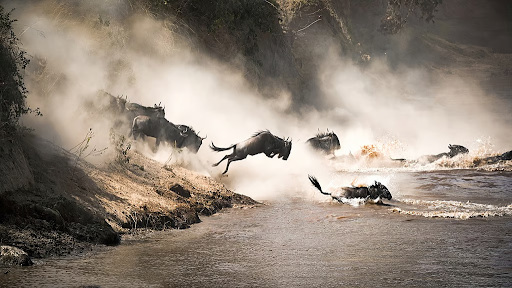
Copyright infringement not intended
Picture Courtesy: DOWNTOEARTH
The report titled "Global Land Outlook Thematic Report on Ecological Connectivity and Land Restoration" by the United Nations Convention to Combat Desertification (UNCCD) and the Convention on the Conservation of Migratory Species of Wild Animals (CMS) was launched at the IUCN World Conservation Congress in Abu Dhabi.
What it is: The IUCN World Conservation Congress is the world's largest gathering of conservation experts, leaders, and decision-makers, held once every four years.
Theme for 2025: The congress in Abu Dhabi is being held under the theme “Powering transformative conservation.”
Key Components:
Scale of Land Transformation and Degradation
Nearly a third of the Earth’s land surface has already been profoundly transformed by human activity.
Up to 40% of the planet is affected by land degradation, directly putting nearly half of humanity at risk.
Fragmentation of Ecosystems
This is the core problem identified by the report. Ecological Connectivity—the unimpeded movement of species and the flow of natural processes like water and nutrients—is being lost at a high rate.
Fragmentation of Rivers
Over 60% of the world’s rivers have been diverted or dammed. The report quotes the Mekong River, once the world's most productive inland fishery, is now fragmented by dams, disrupting fish migrations and threatening the food security of millions.
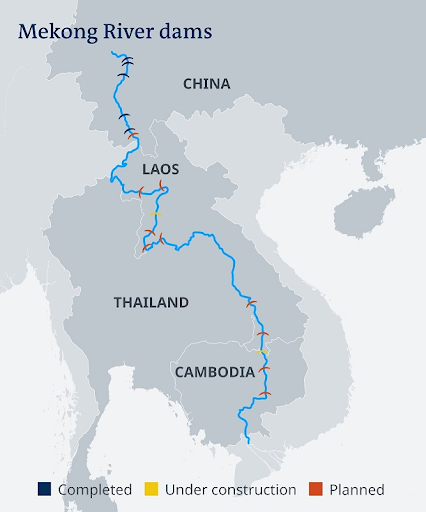
Fragmentation of Landscapes
Physical barriers are carving up natural habitats. In the Serengeti-Mara ecosystem in Africa, fences and expanding agriculture are constricting the ancient migration routes of wildebeest, jeopardizing natural marvels..
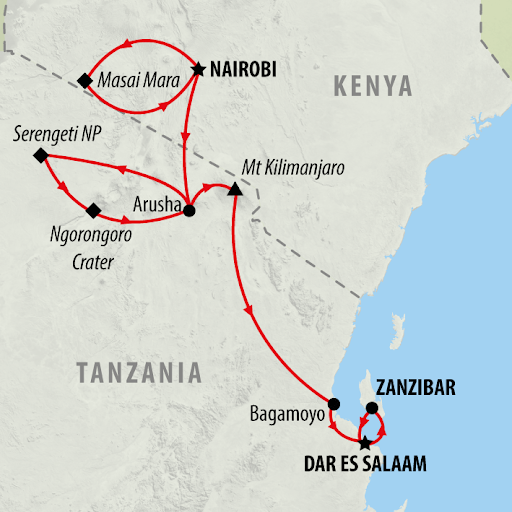
Fragmentation by Infrastructure
Linear infrastructure like roads, railways, and cities continue to carve up habitats into small, isolated islands of nature. The report projects that the global road network will expand by 60% by 2050, which will intensify this pressure.
Consequences of Lost Connectivity
Weakened Ecosystem Services: Fragmentation weakens soil, shrinks crop harvests, and worsens water shortages.
Increased Vulnerability to Disasters: Degraded and disconnected landscapes leave communities more exposed to the impacts of droughts, floods, and wildfires.
Biodiversity Loss: Isolated habitats lead to smaller, less resilient animal and plant populations, accelerating biodiversity loss.
Undermining the UN Decade on Ecosystem Restoration
At the halfway point of the UN Decade on Ecosystem Restoration (2021-2030), this report serves as a critical warning that current efforts are being undermined by continued fragmentation.
A Threat to the Kunming-Montreal Global Biodiversity Framework (GBF)
A core target of the GBF is to restore 30% of degraded ecosystems by 2030. The report argues that this goal is unachievable without securing the integrity and, crucially, the connectivity of the world’s natural systems. Simply restoring isolated patches of land is not enough.
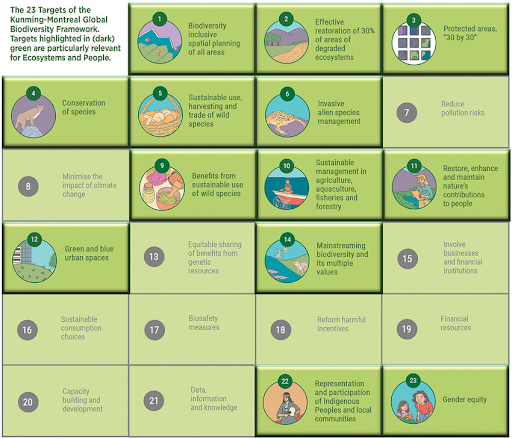
Human-Centric Impact
By linking ecological degradation to food security (Mekong), water supplies, and disaster risk, the report frames conservation not as an abstract goal but as a fundamental requirement for human survival and prosperity.
The report urged countries to make ecological connectivity a central pillar of land, water, and infrastructure planning. It highlights several successful models as a blueprint for action.
The European Green Belt
Stretching through 24 countries, this initiative demonstrates the feasibility of creating large-scale, transnational ecological networks that transcend political borders.
Costa Rica's Wildlife Corridors
Costa Rica has successfully established a national system of wildlife corridors that have reconnected fragmented forests. This has not only brought back iconic species like the jaguar but has also boosted the national economy through eco-tourism.
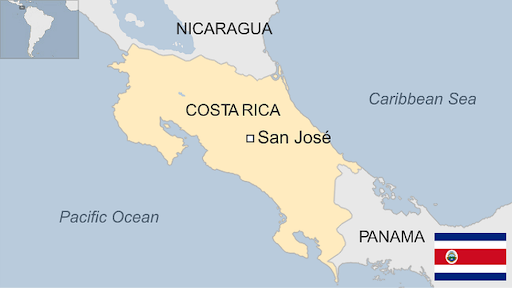
Bolivia's Indigenous Agroforestry
Indigenous communities are using traditional agroforestry practices to restore connectivity. This model highlights the critical role of local knowledge and community rights in building ecological and economic resilience.
The "Global Land Outlook" warns that isolated conservation fails. Humanity must restore ecosystems and reconnect the web of life, repairing vital links for climate, biodiversity, and sustainable development.
Source: DOWNTOEARTH
|
PRACTICE QUESTION Q. Land degradation and fragmentation are not merely environmental issues but also have profound socio-economic consequences. 150 words |
Land degradation is the decline in the quality and productive capacity of the land. It is caused by various factors, both natural and human-induced, that reduce the land's ability to support life and provide ecosystem services.
The main drivers of land degradation include unsustainable agricultural practices, deforestation, overgrazing, urbanization, mining, and industrial pollution. Natural factors like droughts, extreme weather, and soil erosion also contribute.
Desertification is a specific type of land degradation that occurs in dryland areas. It is the process by which fertile land becomes arid, losing its vegetation and wildlife. Therefore, all desertification is land degradation, but not all land degradation is desertification.
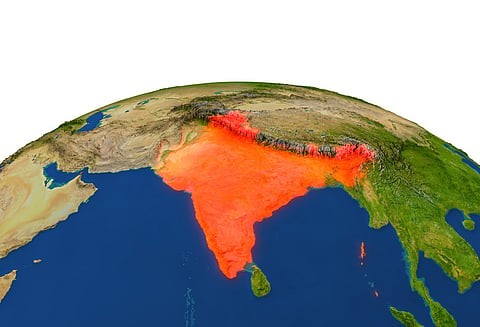
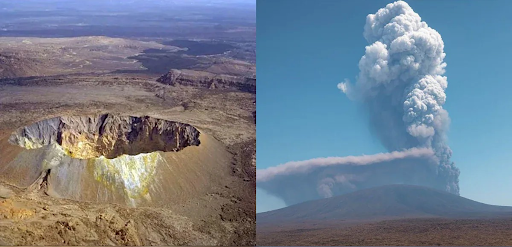
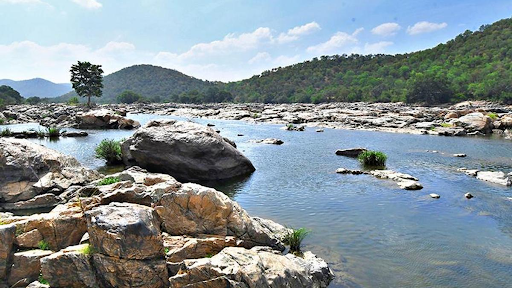



© 2025 iasgyan. All right reserved